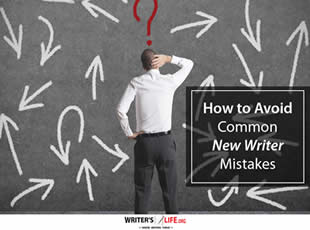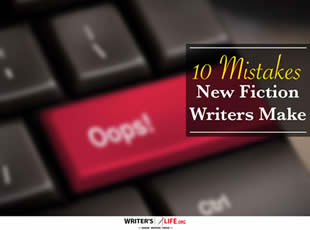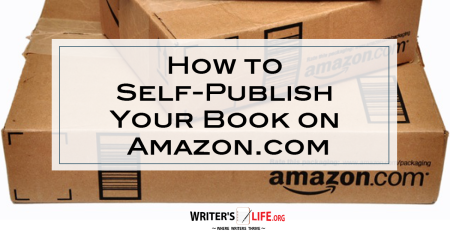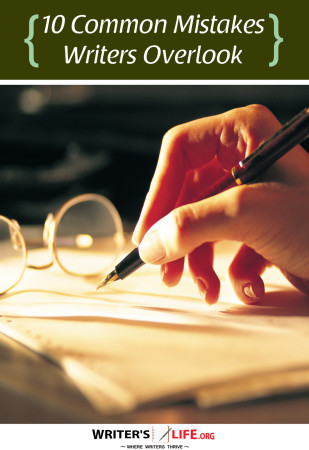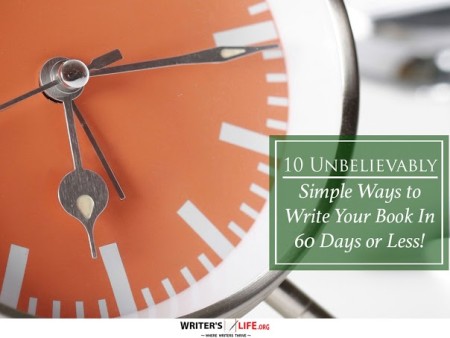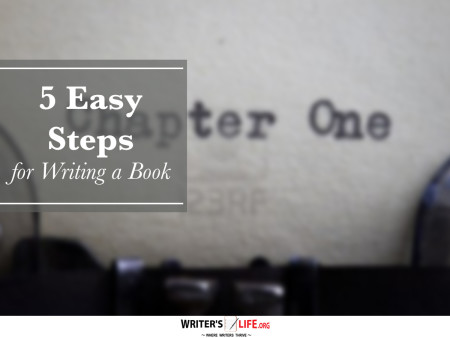- How To Tackle Jealousy In Creative Writing
- Common Submission Mistakes
- How To Stop Your Blog Becoming Boring
- The One Thing Every Successful Writer Has In Common
- How To Make Yourself Aware Of Publishing Scams
- Why Almost ALL Writers Make These Grammar Mistakes At Some Point
- 5 Tips For Authors On How To Deal With Rejection
- Top Mistakes to Avoid When Writing a Novel
- How to Avoid Common New Writer Mistakes
- 10 Mistakes New Fiction Writers Make
Marketing Tips for Using Reader Language to Sell More Books

Reader Language Marketing is an often-overlooked but powerful strategy for authors looking to connect with potential readers and boost book sales. By understanding and using the language that resonates most with your audience, you can create a compelling narrative that not only captivates but also converts.
How Marketing with Reader Language Enhances Book Sales
Successful reader language strategies are not about filling your book with buzzwords or trends merely to grab attention. Instead, it's about genuinely engaging readers with language they understand and find appealing. After all, you want to speak their language, not just to them. By aligning your book's tone and style with your targeted reader base, you are more likely to form a connection that lasts beyond the page.
It's like a musician knowing their audience's favorite songs and genres. Similarly, employing reader language techniques effectively can lead to an increase in book sales, as you’re addressing your audience's needs and interests directly.
Everyone wants to feel like the author is speaking directly to them, and when you get the language just right, it feels like magic. It becomes a personal conversation rather than a one-way broadcast.
Using Reader Language Effectively in Your Marketing Strategy
Incorporating reader language into your marketing requires a bit of groundwork. Start by analyzing your target audience: what are their interests, where do they hang out online, and what other books do they read? Influencing readers with language that mirrors their communication style can make your book irresistible.
Consider social media platforms and book forums where potential readers spend time. What phrases or themes keep appearing? Effective language use in marketing will often borrow themes directly from these platforms, making your promotions feel in sync with your audience's daily conversational threads.
Don’t forget, using reader language effectively doesn't stop at just your book—it should flow through your newsletters, social media updates, and event speeches. It creates a consistent and familiar experience for the reader, making them more likely to engage and share with others.
Reader Language Techniques to Improve Engagement
Implementing reader language tips for authors can continuously improve engagement with your audience. Start by building a reader persona: a fictional representation of your ideal reader. This will help you focus on tailoring your language to suit their preferences.
Next, test different marketing messages in small segments to see which resonates best. A/B testing your book descriptions, emails, and even cover copy will give you insights into how to refine your language further.
Remember, marketing with reader language is about more than just words—it's about understanding the cultural and emotional nuance that makes your readers tick.
“The secret to great writing isn't in the extraordinary, but in tapping into the ordinary language that feels extraordinary to those who read it.”
Successful Reader Language Strategies for Authors
Engage readers with language strategy includes more than just a tailor-fitted narrative style. Consider running reader surveys and capturing feedback through Amazon or Goodreads to see how well your language truly resonates.
Additionally, consistently update your marketing materials to reflect current trends in reader language. Keeping your finger on the pulse of evolving reader language will keep your marketing strategy relevant and relatable.
Want to promote your book after it’s published? Check out our Book Marketing Articles.
Engaging Book Sales and Language Usage
It's one thing to attract attention, but sustaining interest is another beast entirely. The best book sales and language usage strategies ensure that your audience wants to keep reading and, more importantly, discuss your book with others.
Engagement starts with understanding what compels your readers and weaving those themes seamlessly into your narrative. By doing this, you not only motivate them to buy the book but potentially turn them into ambassadors of your work.
According to Wikipedia, effective communication is about more than simply exchanging information—it's about understanding the emotion and intentions behind the information. Keep this in mind when shaping your reader engagement strategy.
Frequently Asked Questions About Reader Language Marketing
Q: How can I start using reader language in my book marketing?
A: Begin by researching your target audience and understanding the language that resonates with them. Use surveys, social media interactions, and direct feedback to tailor your language effectively.
Q: How does reader language marketing differ from normal marketing?
A: Reader language marketing focuses on using the specific language norms and preferences of your target readership, allowing for a deeper connection than generic marketing strategies.
Q: Can reader language techniques benefit new authors?
A: Absolutely! By employing these techniques, new authors can more efficiently connect with their target audience, thereby building a loyal reader base from the start.
If you're serious about growing your author career, don't miss out on these free tools and templates built specifically for writers. Access all 7 free resources here.



















